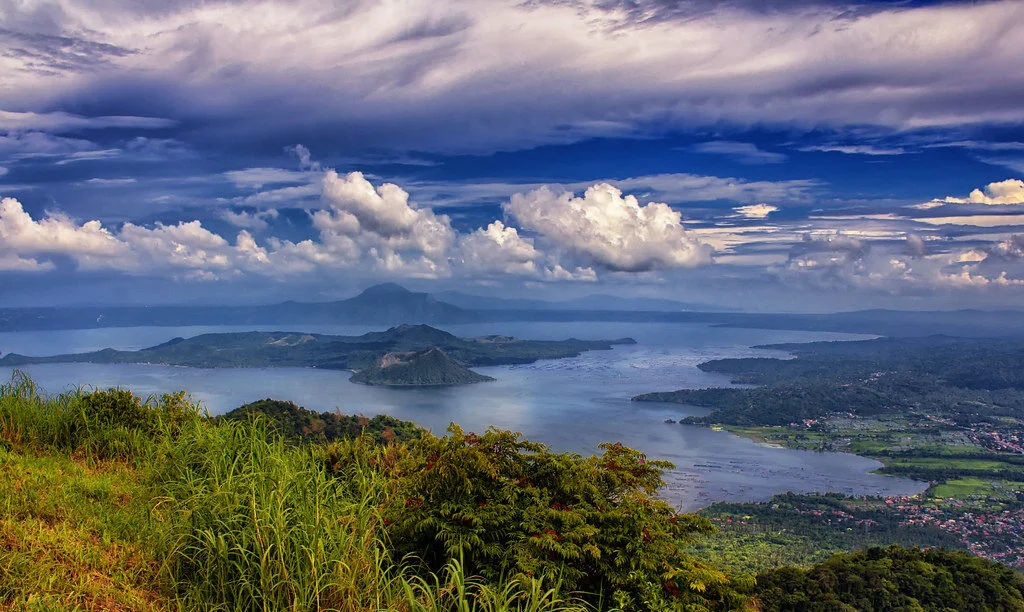BY BEMNET TESFAYE, CAMILLE SACHS, AND XIER LI
Bemnet Tesfaye, Camille Sachs, and Xier Li recently graduated with their masters’ from the International Development program at the Johns Hopkins University School of Advanced International Studies (SAIS). As graduate student researchers, the team supported Plan International, a nonprofit, to write a conflict assessment report on communities affected by the Marawi siege. Their research helped better understand the main drivers of conflict in the region and of micro-level conflicts happening in host communities.
The SAIS International Development (IDEV) Practicum allows students to work directly with public, private, and non-governmental organizations as a capstone to their graduate studies. The 2021 IDEV Practicum Blog is a seven-part series that chronicles the virtual travels of IDEV students who take on client projects.
The Marawi Response Project (MRP) is being implemented by Plan International USA (Plan) together with key local partners, Ecosystems Work for Essential Benefits (ECOWEB) and the Maranao People Development Center, Inc. (MARADECA) in support of USAID/Philippines. The overall goal of the MRP is to increase the self-reliance of internally displaced persons (IDPs) and host community members (HCMs) affected by the Marawi siege. Prior to implementing project activities in a community, MRP conducted conflict risk assessments (CRA) and participatory resource assessments (PRA) with community members.
The SAIS Practicum Team prepared a Conflict Assessment Report that presents the findings from the qualitative data collected through the conflict workshops conducted by ECOWEB and MARADECA. To do so, we analyzed and synthesized the data using the USAID Conflict Assessment Framework 2.0 (CAF) as a lens through which to interpret the data and identify important trends in conflict and resilience.
To begin, we conducted a desk study that reviewed relevant literature to identify major conflict drivers and key actors in the Mindanao region of the Philippines both on the macro- and micro- levels. Through our desk research we increased our familiarity with the Marawi Siege, the separatist groups present in Mindanao, and common drivers of conflict in the region. We also looked at other projects that had worked with IDPs in the region to get a better understanding of micro-level conflicts happening in host communities.
Prepared with this knowledge, we turned to our analysis of the conflict workshops. As Plan had identified the CAF for us to use, we had the lens with which to analyze our data. However, we needed to figure out how we would apply this framework to the 100 conflict assessments provided to us by the Plan partners in the Philippines. We quickly came to realize that in order to standardize our analysis of qualitative data, we needed to develop clear and specific definitions for each line of inquiry in the CAF. Once we had come to a consensus on the definitions, we adapted the matrix from the CAF to begin sorting through our data.
As we moved through the data, we began triangulating our individual conflict assessments. Zoom meetings came to dominate our life over winter break as we discussed whether a comment from a workshop was expressing a grievance or a societal trend. Throughout this period, though we were working from three different states, we learned to synchronize our thoughts and ideas through the virtual environment.
Once all the reports were analyzed and triangulated, we were able to turn to writing. Here we pulled together the historical and macro-level analyses of the region identified through our early research with the findings from the report. What we found was that despite widespread poverty, cyclical violence, and failures of public services provision, there was an inherent resilience to be seen in the communities where the MRP was working. Both IDPs and HCMs expressed a desire for expanded investment in agricultural and technological employment opportunities. Local leaders and religious leaders were seen as trustworthy members of the community who helped to reduce conflict and enhance community cohesion.
PHOTO CREDIT: Ray in Manila,licensed under CC BY 2.0

